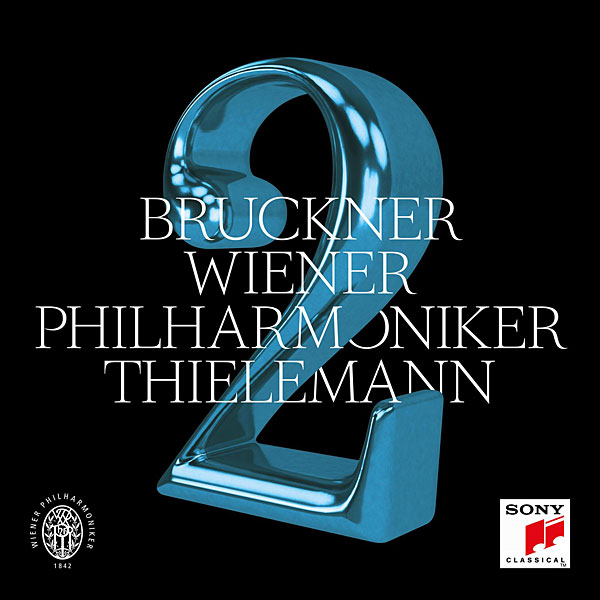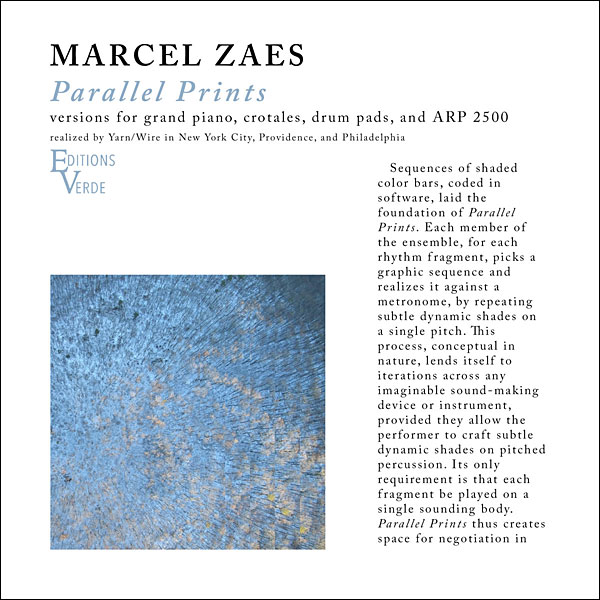Alina Ibragimova, violin; Cédric Tiberghien, piano
Hyperion CDA68322 (auditioned in 24/96 WAV). 2022. Andrew Keener, prod.; Oscar Torres, eng.
Performance ****½
Sonics ****
A thirst for good tunes led me to this new recording of Mendelssohn Violin Sonatas. For a composer as prolific as Mendelssohn, it may come as a surprise that of the three completed sonatas and one sonata fragment on this 67-minute recording, Mendelssohn chose to publish only one, which he composed the year he turned 14. Even more astounding, the finest and most original of the lot, the Sonata in F major (MWV Q26) from 1838, remained in manuscript form until 1953, when violinist Yehudi Menuhin brought it into the light, albeit in somewhat bastardized form. It wasn’t until 2009, the bicentennial of Mendelssohn’s birth, that unadulterated copies of Mendelssohn’s two versions of the sonata were published.
After Mendelssohn set down the Sonata in F major in draft form, he got as far as revising the first movement before moving on to other things. Superb duo partners Alina Ibragimova and Cédric Tiberghien have opted for the original first movement. Once you listen, you’ll understand why. The triumphant opening is so lively and joy-filled as to make one question how it could ever be bettered.
The lovely second movement impresses as a tender love song from a sensitive and longing soul. It’s so wonderful and filled with beauty that anyone who chose to exit this lifetime while this was playing might conceivably die with a smile on their face. The sonata closes with a joyous cat-and-mouse romp.
As a celebration of the goodness life has to offer, this marvelous sonata deserves a place alongside Beethoven’s Archduke Trio and the finest works of Mozart.
The other two sonatasMendelssohn composed the earliest the year he turned 11proclaim the potential of what was yet to come. The unfinished fragment begins so softly and exquisitely as to leave one longing for more.Jason Victor Serinus
The Danish National Vocal Ensemble, Marcus Creed, Cond.: Lux Aeterna
OUR Recordings 6.220676 (SACD, auditioned as DXD download). 2021. Michael Emery, prod.; Mikkel Nymand, eng.
Performance ****½
Sonics ****½
Perhaps it required visionary filmmaker Stanley Kubrick to first inform us of the interstellar reach of the music of György Ligeti. On this album, the frequently unfathomable otherworldly essence of his choral music is brought into sharp relief by its pairing with three folklore-based choral settings composed by his predecessor, Zoltán Kodály.
Superbly recorded in DXDthe dynamics from the moderately sized Danish National Vocal Ensemble are startlingthe recording makes a convincing case for high-resolution engineering.
Take, for example, Ligeti’s “Hälfte des Lebens” (Halfway through life) from Three Phantasies after Friedrich Hölderlin (1982), which demands a quintuple forte from 16 voices. Wrapping your mind around what that might sound like may begin to prepare you for the title work, Lux Aeterna (Eternal Light). Although its text may derive from the Catholic Mass, no Pope ever envisioned a work that Ligeti described as “a 16-voice micropolyphonic piece with diatonic voice-leading of complex canons, … a polyphonic texture so thickly woven that the individual voices become indistinguishable, and only the resulting harmonies, blended seamlessly one into another, can be clearly perceived.”
Imagine, in 1966, trying to paint an oral picture of the Milky Way and the dimensions that lie beyond it via music that lasts a bit over nine minutes. 1967’s Magical Mystery Tour it is not. The differences with Kodály’s folk settings may seem unbridgeable until you contemplate the meaning of the succession of seemingly nonsensical lyrics in his 11-minute folk song setting Mátrai képek (Mátra Pictures) and realize that vast universes of pleasure and pain, fullness and emptiness, are conveyed by simple ditties.Jason Victor Serinus

Bruckner: Symphony No.2
Vienna Philharmonic, Christian Thielemann, cond.
Sony Classical G010004595494F (CD). 2022. Florian Rosensteiner, prod.; Martin Leitner, eng.
Performance ***½
Sonics ****
This is one of Thielemann’s more straightforward Bruckner outings. The symphony’s opening has good buoyancy and clarity, with nice, open textures. Its climax gets a bit heavy, but then the second group is gentle and poised, and the development maintains a nice lightness. The conductor also finds moments of nuanced expression: Thus, the oboe is pleasantly woolly in the third theme, but the clarinet, recapping it, is more subdued and reflective. The coda’s brief ruminative episode, interrupting the customary hurtle into the home stretch, is refreshing.
A restrained gravity pervades the Andante. The Scherzo is forthrightly athletic, and the Finale starts as if the music were already in progress, a nice touch. The gratuitous, insecure ritards that mar so many of the conductor’s performances are few and slight. The Vienna Philharmonic provides lovely, clear string blends, especially in the midrange, while woodwinds are expressive, as a choir and in solos.
Against all this come the inevitable liabilities. In both outer movements, the brasses’ interjections threaten to bog things down. The Andante‘s typical “Bruckner climax”violins weaving elaborate patterns above a spaciously unfolding main themesounds oddly soggy and insecure, as if Thielemann hadn’t quite sorted everything out. The Scherzo‘s quick, running flute and clarinet solos lack shapea passing lapse, but still a lapse. The Finale‘s development, based on the “notey” second theme, devolves into tedious note-spinning.
The engineering, like the performance, gets many things right, with a depth and perspective that vividly registers the conductor’s layered textures; the silences reveal a longish ambience. But the high flute can hit the mikes hard, and the timpani rolls in tutti are apt to cause congestion.Stephen Francis Vasta

Marcel Zaes: Parallel Prints
Yarn/Wire Editions Verde EVSFT004 (CD, download) 2022. Jordan Dykstra, prod., eng.
Performance *****
Sonics ****½
There’s a lot of concept behind the 38 parts of Marcel Zaes’s Parallel Prints. The complexity, though, isn’t what makes this realization so good. Their realization is natural enough to feel organic, like some splendid accident, but the intellectual side of the work is what makes the heart beat.
The piece, in short, is a set of rhythmic progressions scored as colored bars without specific sequencing or instrumentation. The shifting, overlaid counts bring to mind Morton Feldman’s chamber works, while the repeating cells that comprise the whole recall Terry Riley’s landmark In C. But as Parallel Prints charts its progress, it claims its own stake.
The first half is performed by the quartet gathered around a single instrument. Parallel Prints #1: Nineteen Rhythm Fragments for Grand Piano, a single track clocking in at 42 minutes, alone would have been a satisfying release, full of serene surprises. It’s the better half of the album, for both duration and listening pleasure, but it’s only half. For the second section, Yarn/Wire (ordinarily an ensemble of two pianists and two percussionists not averse to electronics) adds synthesizers and crotales (small, tuned cymbals). These 19 variations are divided into short statements (only three break the two-minute mark) suggesting the parts for which the first half is the sum but in very different voices.
Rehearsed and recorded over the last three years, the album is fantastically present, despite being recorded in three different studios. The piano thuds softly in the first half, with a beautiful lower register, while the digital blasts in the second are relatively benign. Beats may grate in the second half, and some intriguing combinations conclude more quickly than one might wish, but it’s a fascinating extrapolation of the wonderful first print and makes for a brilliantly heartfelt whole.Kurt Gottschalk
Credit: Source link




